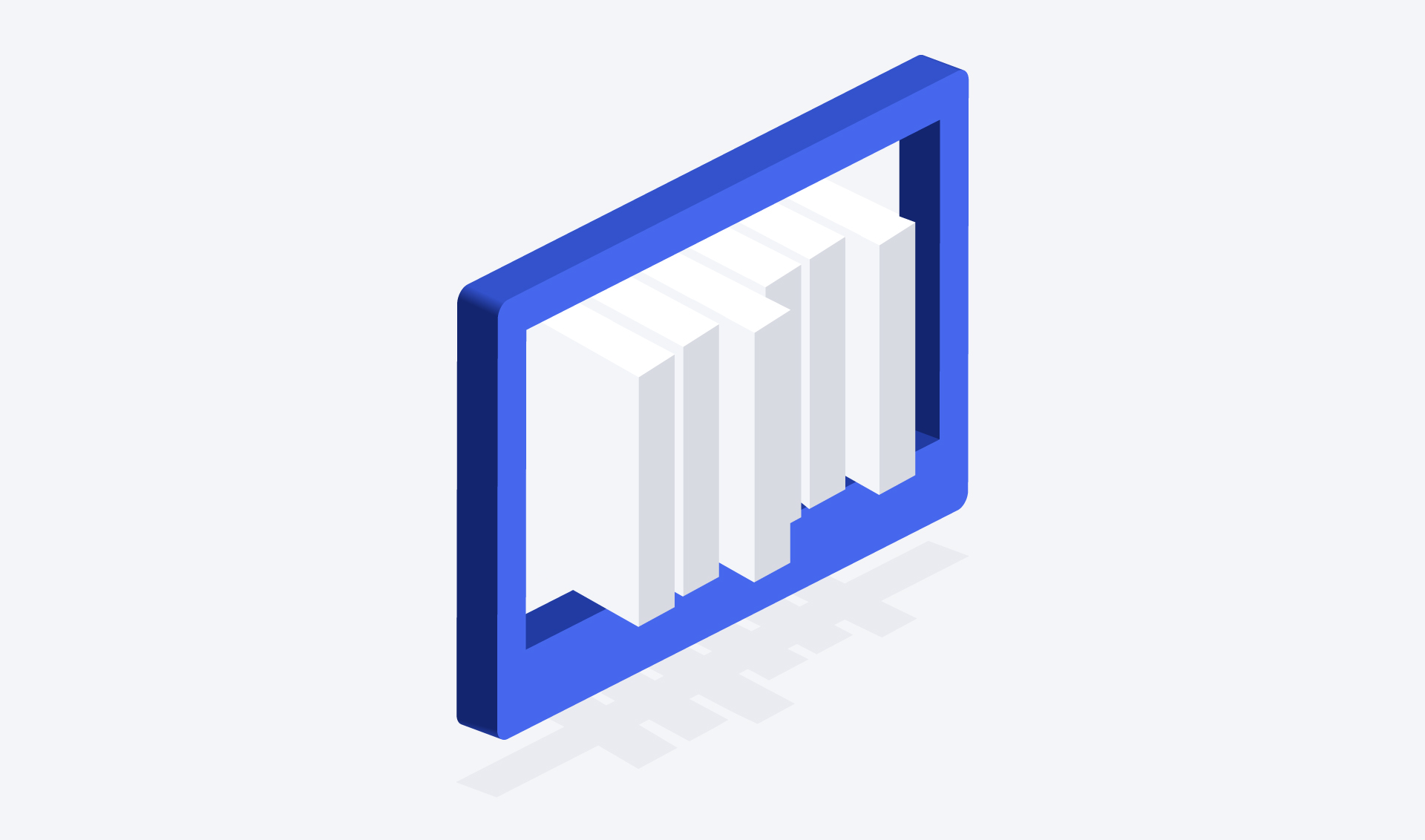
Using data to spot fault lines in health services under pressure from the COVID-19 pandemic
19 May 2021Excerpt from article on medium.com

Numerous health and development data sets relevant to the COVID-19 pandemic response are already publicly available but not easily accessible to those who are not data savvy or have a technical background. Governments and the organizations supporting them are often inundated with routine Monitoring and Evaluation requests, making it challenging to find the time to identify, curate, and prepare these data for analysis. How can we more easily enable those working in health and development to use data to drive impact?
We sought to address the many challenges we have witnessed with data availability and accessibility through the development of the BAO Analytics Platform. Our platform enables analysts to easily ingest data from multiple and disparate data systems, tools, and platforms such as DHIS2, which is used in 73 low- and middle-income countries (LMICs), including in 37 countries to collect COVID-19 surveillance data. Routine analysis can be enriched through our curated library of publicly available, global data sets from often used sources including the Demographic and Health Survey Program, WHO’s Global Health Observatory, and global COVID-19 surveillance data. Co-analysis and triangulation of programmatic and public data enables us to better understand cause and effect, improving data insights that can be viewed and shared in popular Business Intelligence tools.
Spotlight




